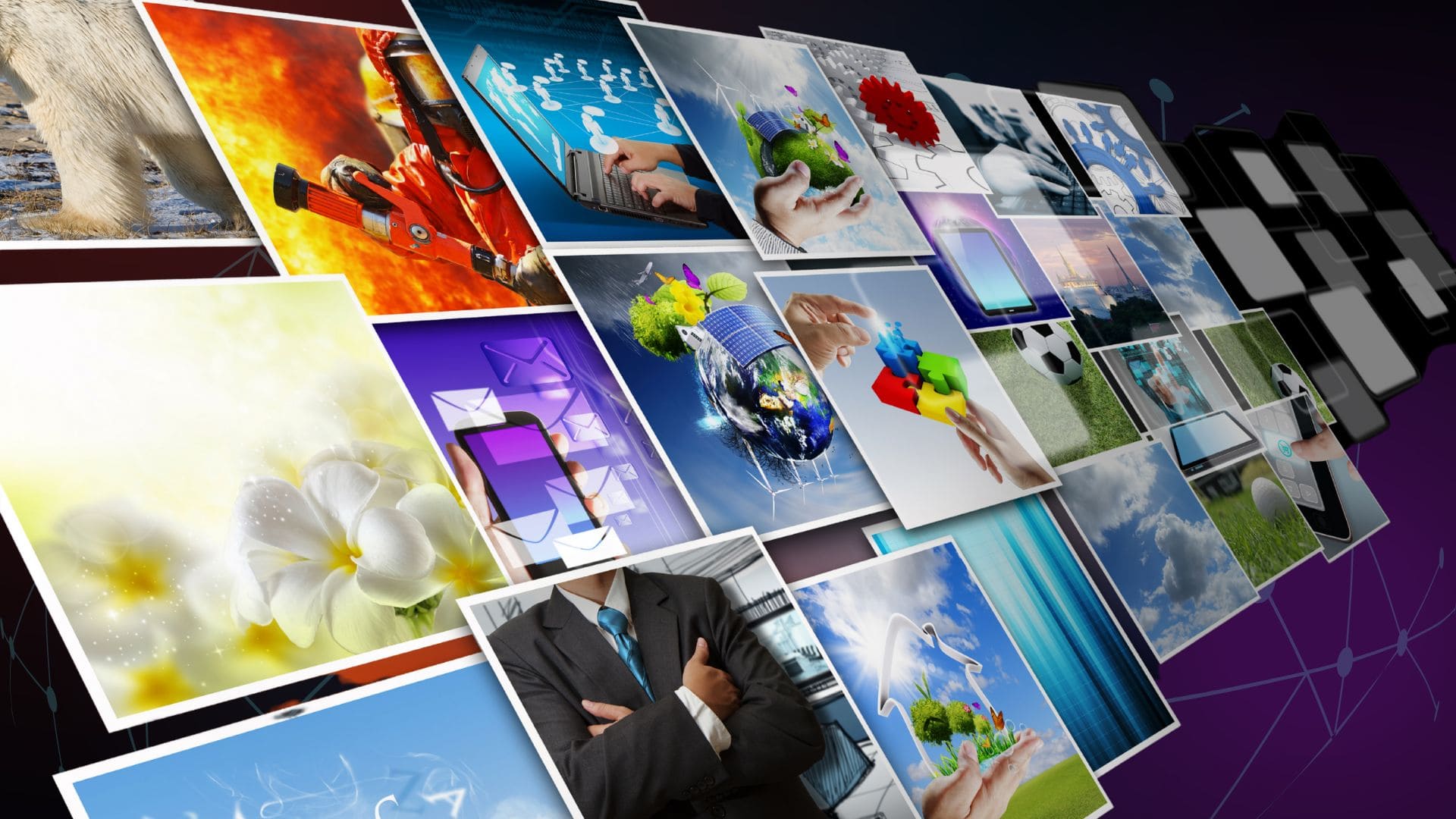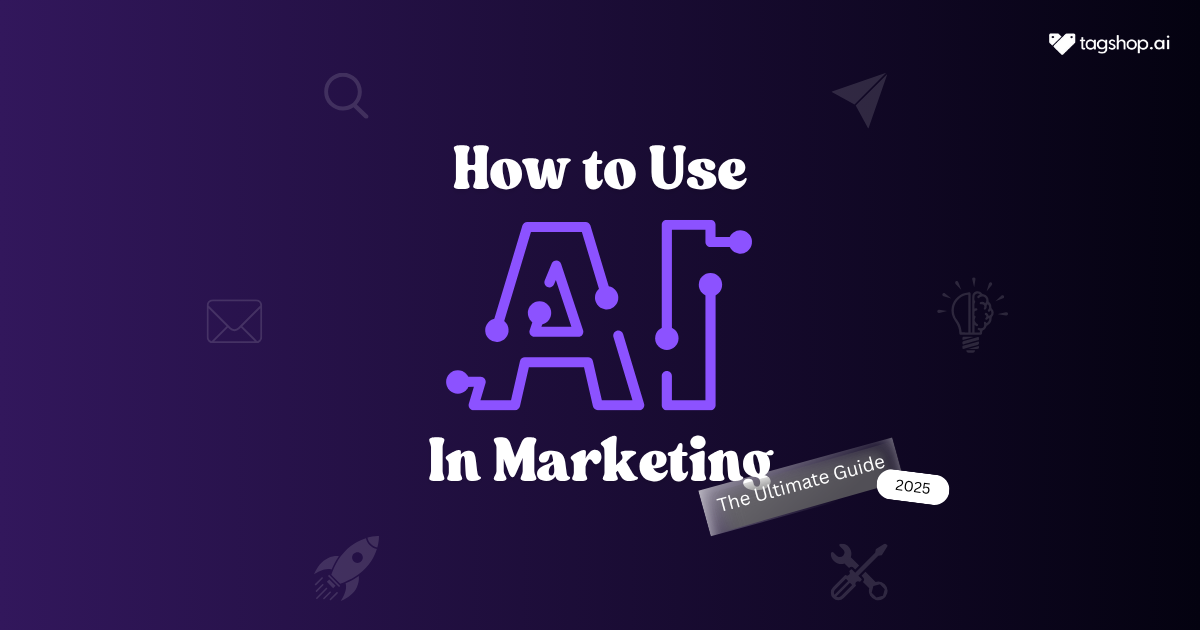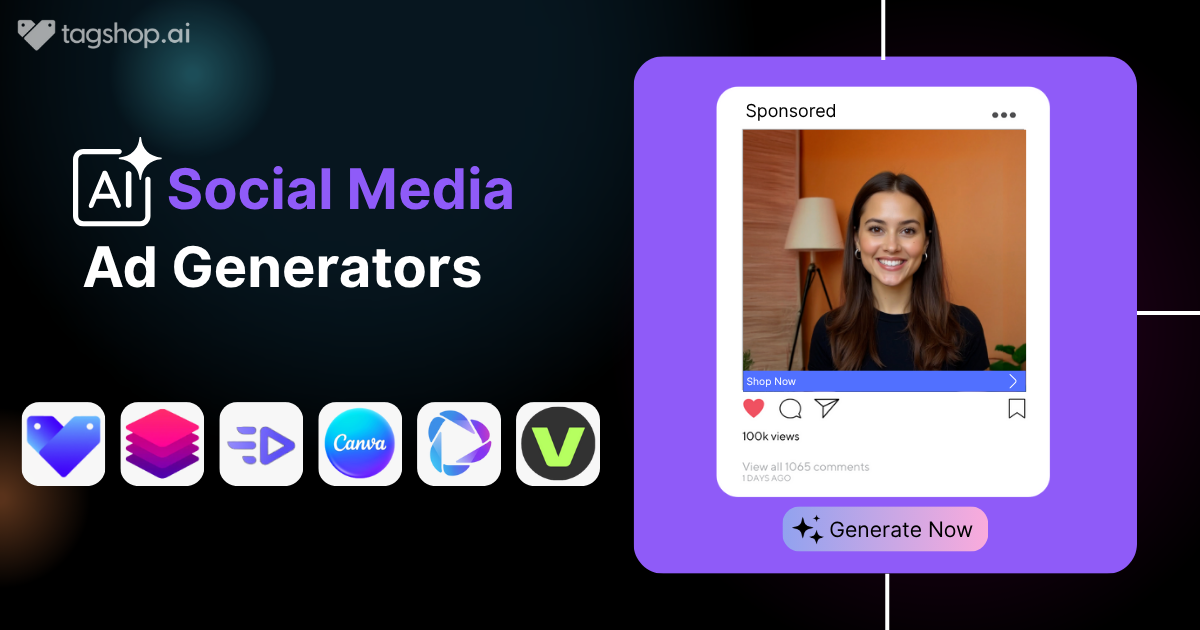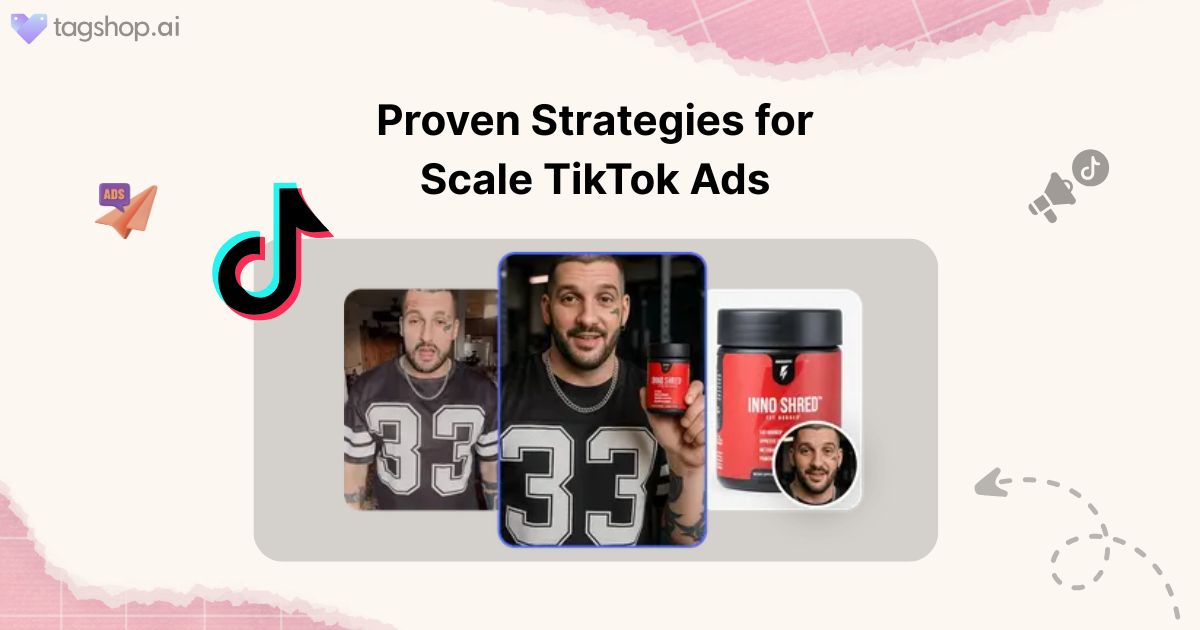AI-Generated Visual Content: Reducing Costs and Enhancing Quality
Let’s talk about visual selling. In ecommerce, great images and videos often decide whether someone buys or scrolls past. It will be tough for your brand to keep up if you are still tied to traditional methods like photoshoots and editing that are often slow and expensive.
This article will explore why you can produce ai generated visual content for your ecommerce brand. We will also talk about its benefits and why it’s becoming a go-to solution if you aim to reduce costs while staying visually competitive.
How AI is Revolutionizing Visual Content Creation
Clear, attractive images and videos help customers better understand products, build brand trust, and create more engaging shopping experiences. When shoppers can see how a product looks or functions, they’re more confident in their purchase.

With the ecommerce software market expected to reach $8.41 billion by 2025, the demand for scalable, cost-effective content solutions is rising fast. This is where AI transforms the way visual content comes to life. See below to learn how brands produce high-quality ai videos faster, cheaper, and at scale, without sacrificing creativity or consistency.
1. Generative Models
There can’t be anything better than turning ideas into visuals. Generative AI models like DALL·E, Midjourney, and Stable Diffusion can create original images or videos from simple text prompts. With it, fashion labels can generate eye-catching campaign concepts like “a sneaker lit by neon rain” in seconds.
2. Speed and Scale
With AI, visual content creation is not just possible, it’s efficient and time-saving. AI tools simplify production by automating tasks like background removal, image refinement, and video editing.
These ecommerce solutions can enable teams to generate dozens of on-brand visuals in minutes, not days, relieving them from the time-consuming manual work and making the process more efficient.
3. Customization
AI doesn’t just create visuals; more than anything, it tailors them. By analyzing customer data and context, AI models can generate personalized content—such as video ads that match user preferences or localized visuals for different regions.
They can produce warmer tones for a summer campaign in California or cooler palettes for a fall drop in New York, making customers feel understood and catered to.
Must Read: What is AI UGC: Meaning, Types & Benefits
Benefits of AI-Generated Visual Content for Ecommerce
Modern ecommerce solutions are powered by advanced software that simplifies everything from inventory management to customer engagement. Since online shopping is growing more competitive, businesses can turn to these AI-driven tools to enhance and streamline visual content creation.
Ecommerce solutions reduce the need for manual design work so brands can deliver consistent and high-quality imagery across platforms. Here are the benefits of AI-powered content for ecommerce:
1. Cost Reduction
AI dramatically reduces visual production costs by minimizing reliance on physical resources, professional crews, and post-production work. Brands can produce high-quality images on a budget with no need for sets, models, or location shoots.
2. Faster Time-to-Market
AI streamlines the content creation process. That means resizing, retouching, and generating visuals at scale. This speed is a significant advantage during product launches, flash sales, or trend-driven promotions.
3. Personalization at Scale
AI allows brands to serve personalized visuals to different customer segments without manually designing dozens of variations. This helps product imagery resonate more with customers, boosting both engagement and conversion rates.
4. Enhanced Quality and Consistency
AI tools maintain visual integrity across platforms by applying consistent branding. This ensures colors, lighting, angles, and styling always match your identity, even at scale.
Must Read: What are AI UGC Ads? How to Create One for Meta and Tiktok
Best Practices for Using AI-Generated Visuals for Ecommerce
We live in a visually driven ecommerce world, where capturing attention quickly is everything. That’s why AI-generated visuals are a wise choice. Ecommerce solutions that offer it present a fast and affordable way to enhance engagement and streamline content creation.
With short-form videos accounting for 20% of top-performing content formats in 2025, visual storytelling is more essential than ever. But to get real results without risking brand trust or compliance, follow our best practices when utilizing ecommerce solutions.
1. Start with Guidelines
Set clear visual standards before generating any images. Define your brand’s tone, preferred colors, fonts, and image styles to ensure consistency across every touchpoint. Start with the following foundations to help maintain a unified aesthetic and to reinforce your brand identity.
- For example, if you sell luxury watches, you can consider using AI visuals with deep blacks, gold accents, and high-contrast lighting to convey elegance and refinement.
- For a minimalist home decor brand, AI visuals with muted tones, clean lines, and ample negative space can be great for highlighting simplicity.
2. Human in the Loop
AI can generate fast results, but it is critical to always involve people in the process. Humans can’t be left out since their insight ensures relevance, accuracy, and emotional connection. Humans also help shape prompts, vet content, and catch nuances AI might miss. This ‘Human in the Loop’ concept ensures that AI-generated visuals are accurate and resonate with the human audience.
- If you have a fashion brand, use AI visuals with realistic fabric textures and fine detail to reflect the quality of the actual product.
- For a seasonal campaign, use AI visuals with on-brand colors, timely themes, and a cohesive design that aligns with the campaign’s message.
3. A/B Test Everything
Small changes can lead to significant shifts in conversions. Test AI visuals against traditional photography and different AI styles to see what performs well. Here are a few ways testing can remove uncertainty from design decisions:
- In your email campaign, test for higher open and conversion rates by using AI-generated seasonal imagery in one version and real product photos in another.
- If you are going for visual preference testing, use AI-created images with bold colors alongside subdued versions to learn which style resonates more with your audience.
4. Combine with Real Images
AI-generated visuals are best used to enhance, not substitute, genuine product photography. Use AI to enhance images, adding creativity and context while maintaining trust. This approach is especially valuable for online shoppers who depend on accurate visual information.
- Combine authentic shoe images with AI-generated weather-themed backgrounds for a footwear brand to highlight seasonal promotions.
- If you sell food items, supplement authentic images with AI-created lifestyle scenes. You can depict ideal consumption settings like picnics or family dinners.
5. Stay Legal
Ensure every AI-generated visual complies with copyright laws and terms for platform usage. Prevent serious legal risks and reputational damage by using protected imagery or unlicensed content.
- For a brand, only use AI tools that allow commercial use and clearly outline rights to generated content to ensure legal compliance.
- If you run a business, avoid prompts that replicate celebrity likenesses, logos, or branded designs without proper licensing to protect intellectual property.
Conclusion
AI-generated visuals transform ecommerce by allowing brands to create large volumes of high-quality content easily and quickly. From promotional images to product videos, AI tools streamline production, reduce costs, and enhance personalization, making it easier to meet growing digital demands.
As AI advances, it offers greater creativity, interactivity, and efficiency. Businesses must embrace these ecommerce solutions early so they can boost engagement, stay agile, and gain a lasting competitive edge in today’s visually driven marketplace.









